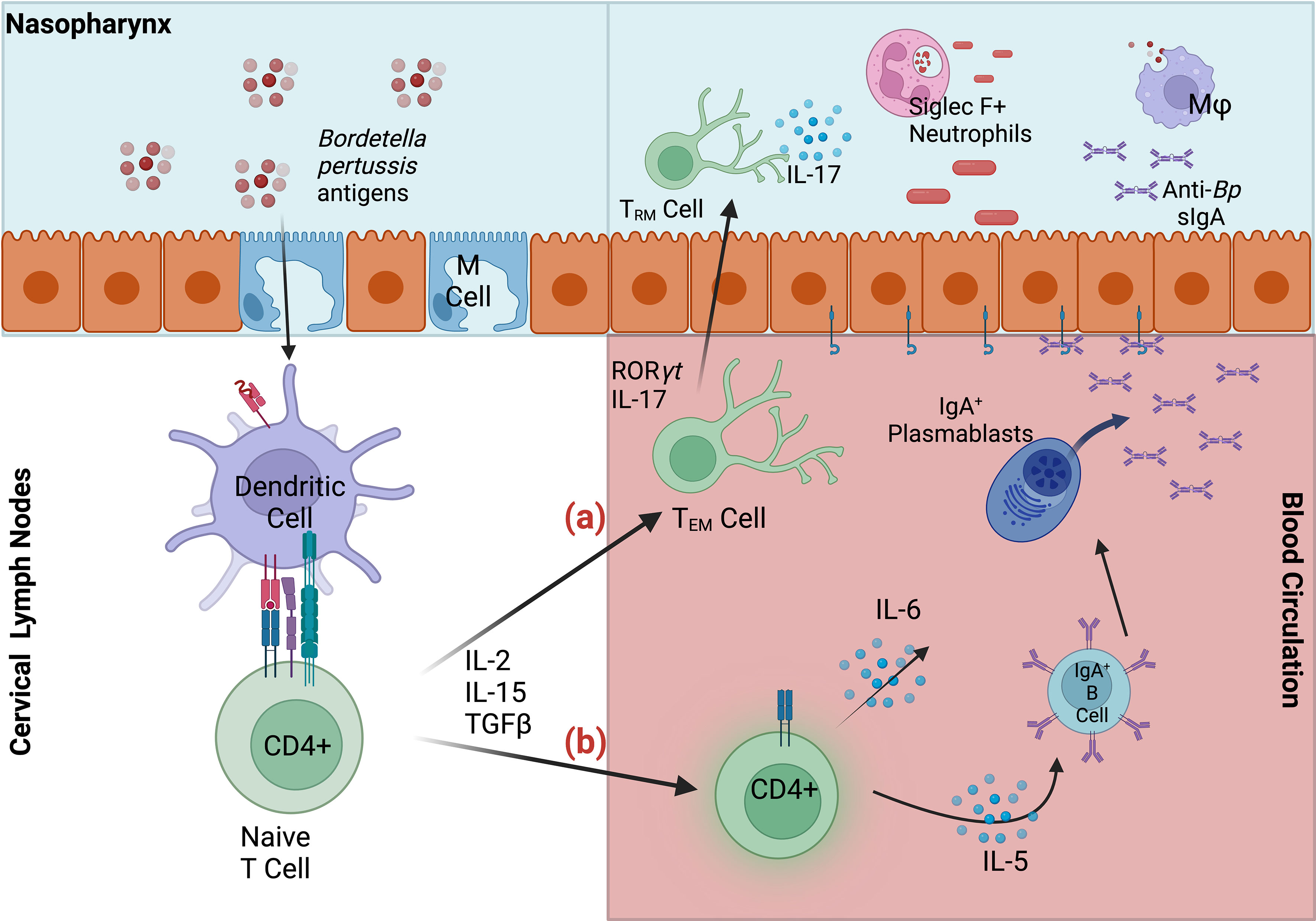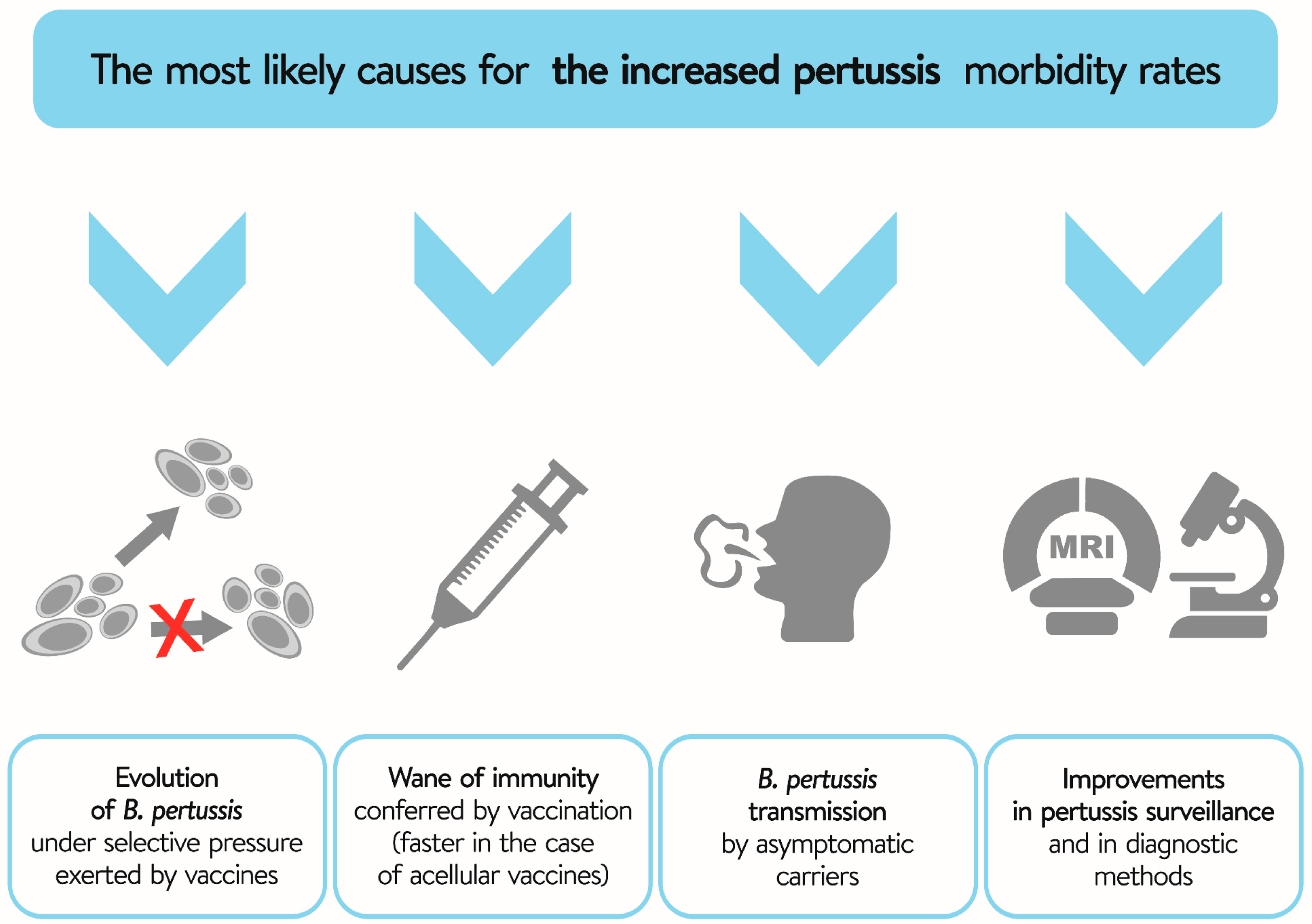Whooping Cough, also known as pertussis, is a highly contagious respiratory infection caused by the bacterium Bordetella pertussis. This disease, characterized by severe coughing fits followed by a “whooping” sound during inhalation, poses a significant public health threat, particularly to infants and young children. Understanding its transmission, diagnosis, treatment, and prevention is crucial for mitigating its impact.
This comprehensive overview delves into the various aspects of whooping cough, from its clinical presentation across different age groups to the complexities of its management and the vital role of vaccination in its control. We explore the latest research and public health strategies aimed at minimizing outbreaks and protecting vulnerable populations.
Whooping Cough: A Comprehensive Overview
Whooping cough, also known as pertussis, is a highly contagious respiratory infection characterized by severe coughing fits. This condition poses a significant public health challenge globally, particularly affecting infants and young children. This article provides a detailed overview of whooping cough, encompassing its medical definition, transmission, diagnosis, treatment, complications, prevention, and public health implications.
What is Whooping Cough?

Source: frontiersin.org
Whooping cough is a serious bacterial infection of the lungs and airways. It’s caused by the bacterium Bordetella pertussis, which produces toxins that damage the respiratory system.
Bordetella pertussis is a small, Gram-negative, aerobic bacterium. It adheres to the ciliated epithelial cells of the respiratory tract, interfering with the normal clearance of mucus and causing inflammation. The bacterium produces several toxins, including pertussis toxin, tracheal cytotoxin, and adenylate cyclase toxin, which contribute to the characteristic symptoms of the disease.
Symptoms vary significantly depending on age. Infants often experience apnea (cessation of breathing) and may not exhibit the characteristic “whooping” cough. Young children typically experience severe coughing fits followed by a “whooping” sound during inhalation. Adults may have milder symptoms, often resembling a common cold.
| Symptom | Severity in Infants | Severity in Children | Severity in Adults |
|---|---|---|---|
| Severe coughing fits | Severe, often leading to apnea | Severe, with characteristic “whooping” sound | Mild to moderate |
| Whooping sound during inhalation | May be absent | Present in most cases | May be absent or mild |
| Vomiting | Frequent | Common | Less common |
| Fatigue | Severe | Moderate | Mild |
| Fever | May be present | May be present | Usually mild or absent |
Transmission and Spread of Whooping Cough
Whooping cough spreads primarily through respiratory droplets produced when an infected person coughs or sneezes. Close contact with an infected individual is the most common mode of transmission. Factors such as crowded living conditions, inadequate hygiene, and low vaccination rates contribute to the spread within communities. The incubation period, the time between exposure and the onset of symptoms, is typically 7-10 days, but can range from 5-21 days.
Infographic Description: The infographic would visually depict a person coughing, releasing respiratory droplets containing Bordetella pertussis. Arrows would show the droplets traveling to another person’s nose or mouth, illustrating direct transmission. Another pathway would show indirect transmission via contaminated surfaces (e.g., doorknobs). The infographic would clearly label each element of the transmission pathway.
Diagnosis and Treatment of Whooping Cough

Source: mdpi-res.com
Diagnosis involves a combination of clinical evaluation, based on the characteristic symptoms, and laboratory testing. Laboratory methods include PCR (polymerase chain reaction) testing of nasopharyngeal swabs to detect B. pertussis DNA. Treatment typically involves antibiotics, such as azithromycin or erythromycin. The choice of antibiotic and duration of treatment may vary depending on the patient’s age and overall health.
Early treatment is crucial to reduce the severity of illness and prevent complications.
- Vaccination
- Good hygiene practices (frequent handwashing)
- Avoiding close contact with infected individuals
- Prompt medical attention if symptoms develop
Complications and Prevention of Whooping Cough
Whooping cough can lead to serious complications, especially in infants, including pneumonia, seizures, brain damage, and even death. Vaccination is the most effective way to prevent whooping cough. Several vaccines are available, including the DTaP vaccine (for children) and the Tdap vaccine (for adolescents and adults). These vaccines are highly effective in preventing severe disease.
| Vaccination Schedule | Pros | Cons |
|---|---|---|
| DTaP (Childhood Schedule) | High efficacy in preventing severe disease in children | Requires multiple doses |
| Tdap (Booster for Adolescents and Adults) | Provides ongoing protection | Efficacy may wane over time |
Whooping Cough and Public Health
Whooping cough outbreaks can place a significant strain on healthcare systems. Public health agencies play a crucial role in surveillance, outbreak investigation, and implementing control measures, including vaccination campaigns and public health messaging. Effective public awareness campaigns can educate the public about the importance of vaccination and other preventive measures.
A sample public awareness campaign might utilize social media, public service announcements, and community outreach programs to disseminate information about whooping cough symptoms, transmission, prevention, and treatment. The campaign would emphasize the importance of vaccination, particularly for infants and pregnant women.
Whooping Cough in Specific Populations
Infants are particularly vulnerable to severe complications from whooping cough, often requiring hospitalization. Adults may experience milder symptoms but can still transmit the infection to vulnerable individuals. Pregnant women are at risk for complications and should receive the Tdap vaccine during each pregnancy to protect themselves and their newborns. Individuals with compromised immune systems are at increased risk for severe disease and may require additional preventative measures.
Whooping cough, a highly contagious respiratory illness, continues to pose a significant threat, particularly to infants. Understanding the importance of preventative measures is crucial, and resources like those found on websites dedicated to community health, such as information available at Mojo Dojo Casa House , can be invaluable. Early detection and vaccination remain key to mitigating the spread of whooping cough and protecting vulnerable populations.
- Prompt diagnosis and treatment
- Strict infection control measures
- Close monitoring of patients for complications
- Education of patients and families about disease transmission and prevention
Ultimate Conclusion: Whooping Cough
Whooping Cough remains a serious concern, demanding a multifaceted approach involving vaccination, early diagnosis, appropriate treatment, and robust public health initiatives. While effective vaccines significantly reduce the risk, continued vigilance and community-wide efforts are essential to curb the spread of this potentially life-threatening infection. Understanding the disease’s nuances empowers individuals and healthcare professionals to take proactive steps towards safeguarding public health.
